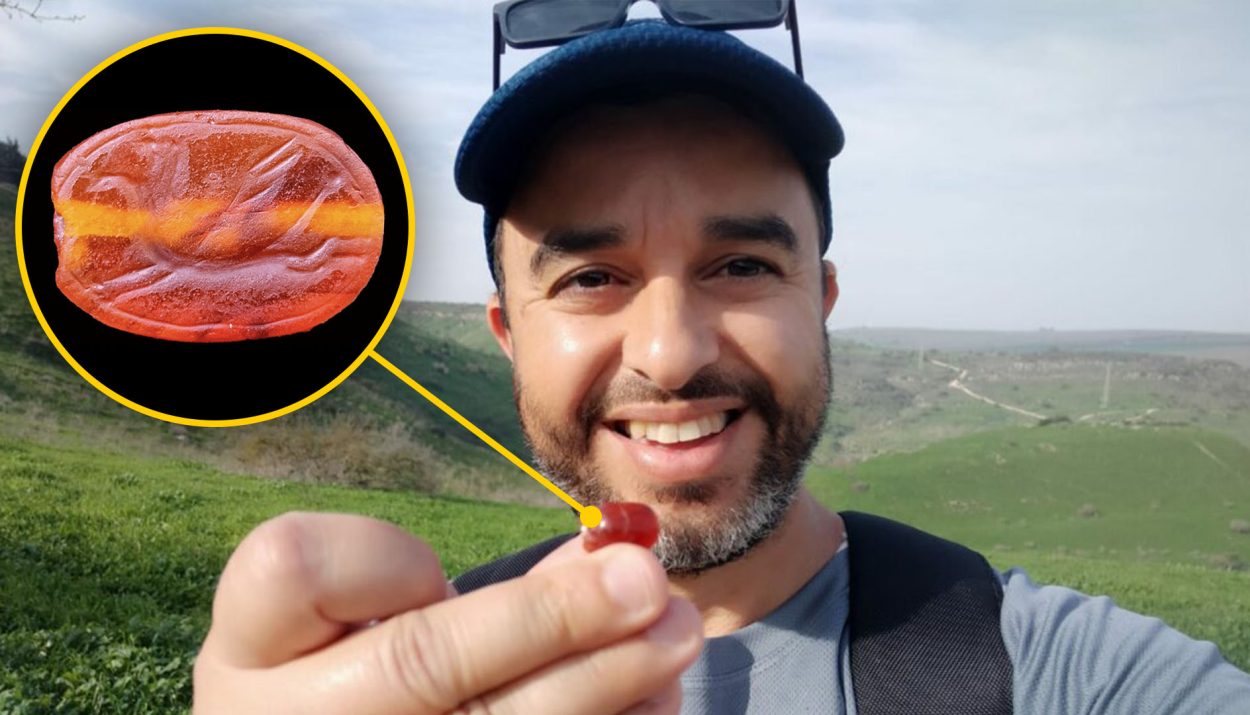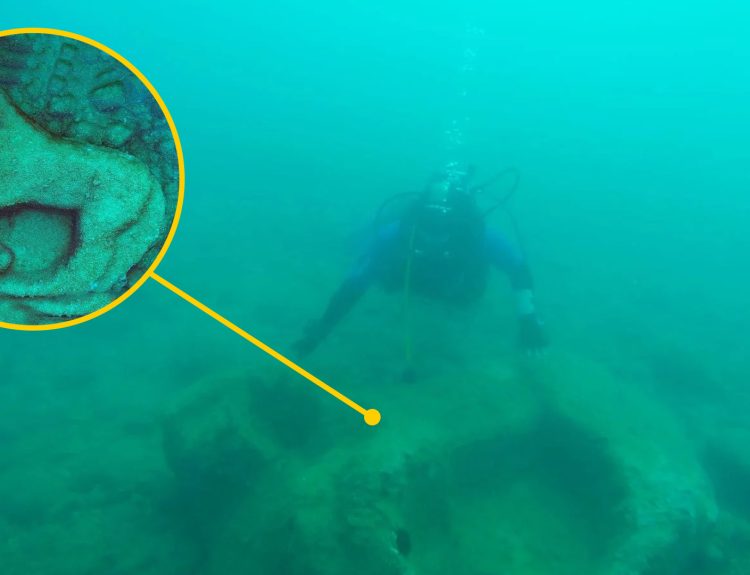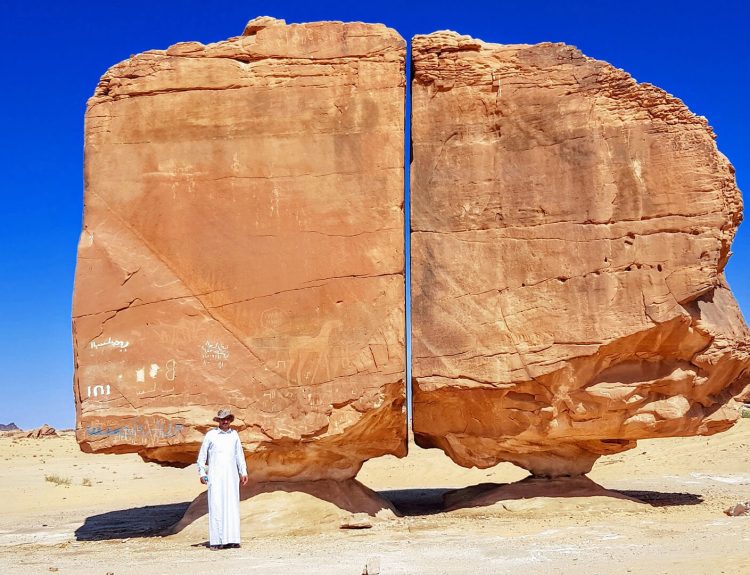Isn’t it fascinating how completely different people keep discovering cultural artifacts all around the world? This is very important to us as humans because not only does it give us an additional piece from our past but also broadens our understanding of ancient societies.
In today’s story on recovered artifacts, there has been a discovery of a small sparkling item by a hiker in Israel. During his hiking expedition, the hiker discovered an ancient scarab which was last in use 2,800 years ago.
A Short Break Led To The Discovery
Erez, who is serving in the military, made this discovery just when he was granted a two-day break from his duties. This was when Erez decided to make the most out of the sunny weather by planning a trip during this short break.

On this trip, Erez planned to make maximum use of and at the same time enjoy his break, he finally settled for his location and headed to the lower Galilee Region where he made a significant discovery.
The Discovery Of A 2,800 Years Old Artifact
Erez Avrahamov, a 45-year-old man who has been a resident of the Pardoel for years now was hiking on this fateful day in the Tabor Stream Reserve. He discovered something strange and out of the ordinary.

Something caught Erez’s eyes, he could have easily overlooked it but he pressed further, he needed to be sure it wasn’t something insignificant. He curiously moved closer and found out it was a rare artifact that was around the size of a fingernail. Archeologists believe it to date back nearly 2,800 years.
He Knew He Found Something Special
While Erez was on his hiking trip, he found something out of the ordinary, a sparkling object on the ground. On first look, Erez mentioned in his press conference that it looked like a bead and also looked like a piece of an orange-colored stone.
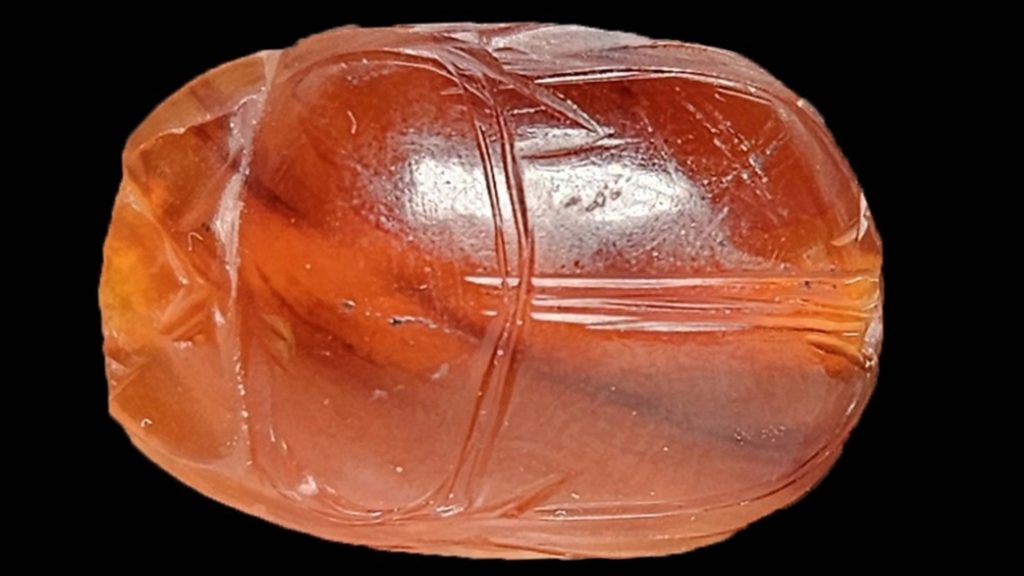
He moved closer and picked the object up so he could get a closer look. He tried to inspect the object and that’s when he spotted something. Erez noticed that there were some engravings on the object that resembled those you find on a scarab.
He Quickly Contacted The Israel Antiquities Authority
Erez was excited about his finding, he had picked up something unusual and wasn’t sure what his next step was. However, Erez decided to reach out to and inform the Israel Antiquities Authority about the rare gem he just found.
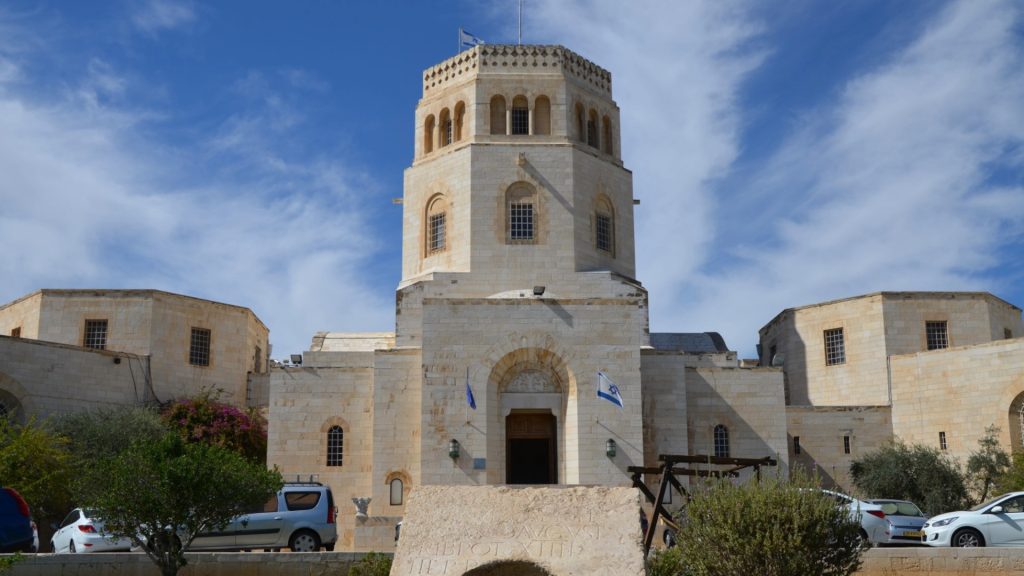
Although he found the item, it still needed further investigation by archeology experts in case it needed to be uncovered fully. Also, this was to ensure that the find could be properly documented, and studied. It was also to potentially preserve it for historical and cultural purposes.
The Theft Prevention Unit Questioned Erez About His Find
This report led to a series of interviews and questioning. During an interview with Nir Distelfeld, a member of the Theft Prevention Unit at the Israel Antiquities Authority asked Avrahamov about the object he just found and had in his possession.
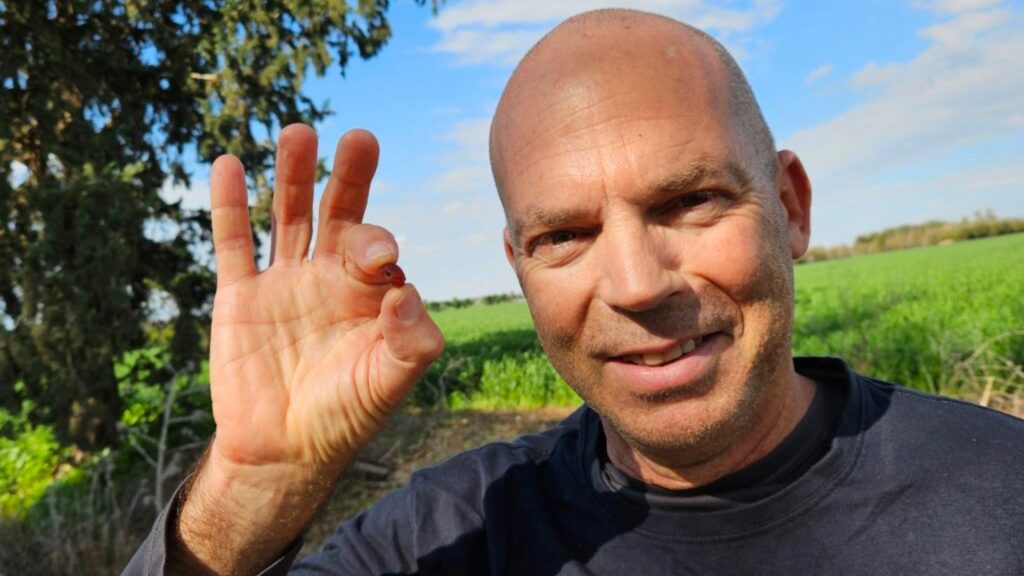
In a press release from Nir Distelfeld, he stated that he received a call from Avrahamov and the reply he gave showed that what he had in his possession was something of great historical importance.
Erez Had Exciting Answers For Distelfeld
Distelfeld gave Erez specific instructions, he told him to examine the opposite side of the scarab he found, specifically the flat surface to see if there was any engraving on it. Erez did exactly as he was told and soon he had good news.
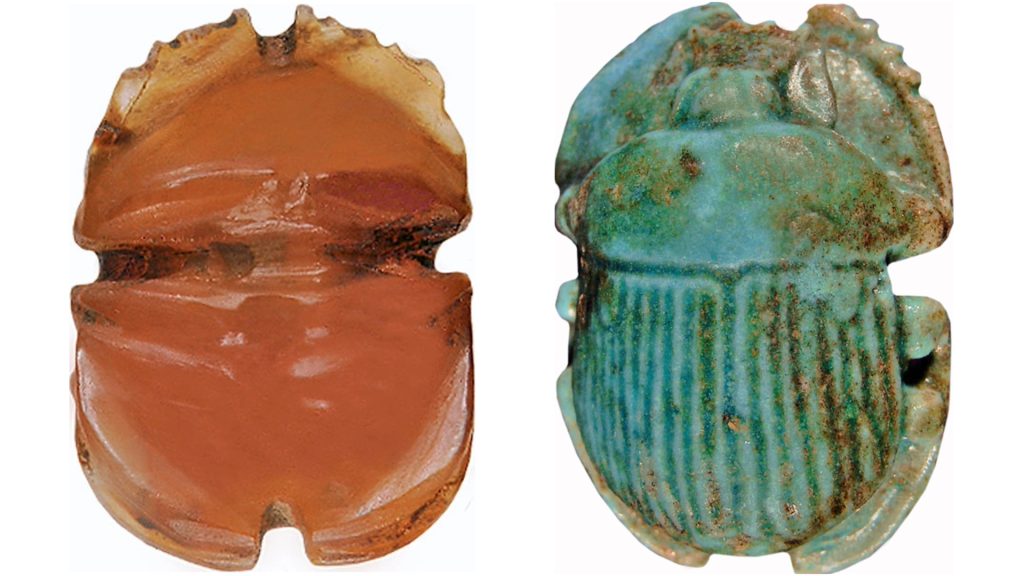
After checking, Erez exclaimed in amazement, over the phone, he told Distefeld that he had indeed found a figure on the scarab. Just as Distelfeld had predicted.
The Beetle-Shaped Item
A scarab has a striking resemblance with a beetle, and they are sacred and really important to the Egyptians. To them, it held a significant religious and symbolic importance. It represented the concept of renewal and rebirth in their culture.
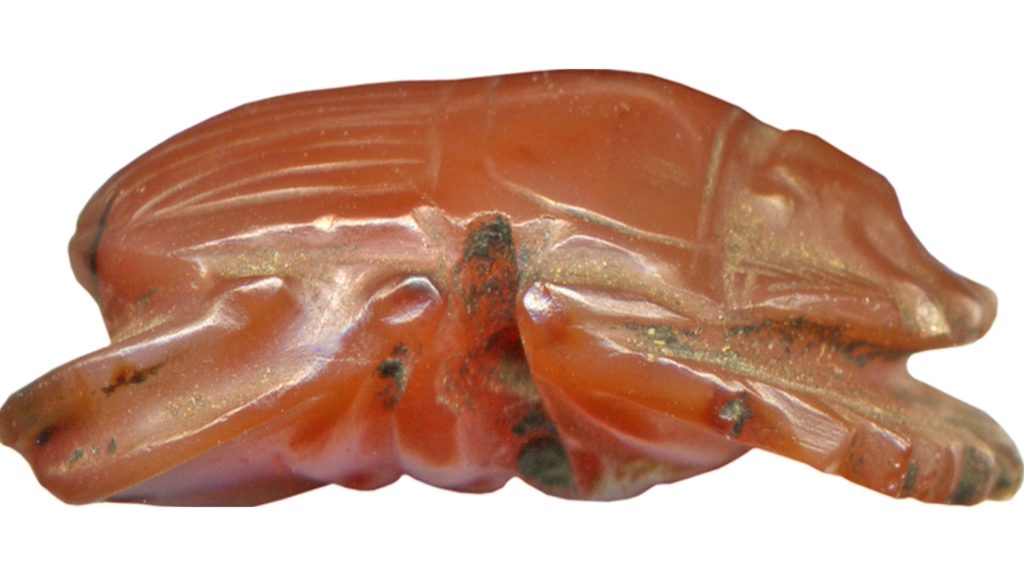
The beetle-like item is said to have an association with the sun, coupled with its habit of rolling dung balls symbolizes the cycle of life, death, and rebirth in ancient beliefs.
An Existing Presence Of The Assyrians And Babylonians
The discovery of this item at Tel Rekhesh shows that there was an existing presence of Assyrian or Babylonian influences in that area.
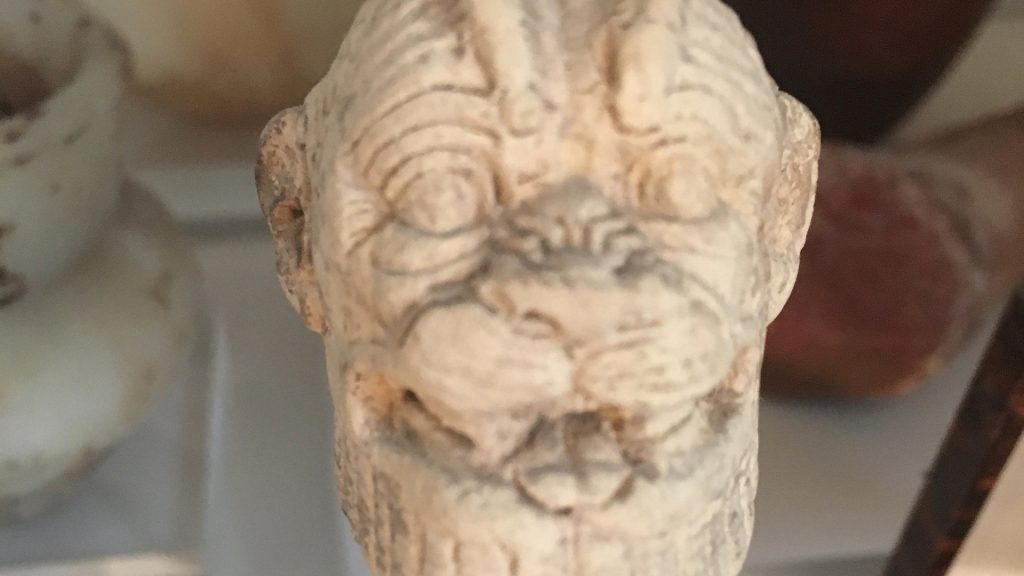
Dr. Yitzhak Paz, who is an archeologist at the Israel Antiquities Authority, mentioned during a press conference that this could have been from the period of Assyrian rule.
This Is A Discovery Of Great Influence
The Griffin that appeared on the seal is easily recognizable as an artistic motif that is found in Ancient Near Eastern art. These were common on seals from the Iron Age.
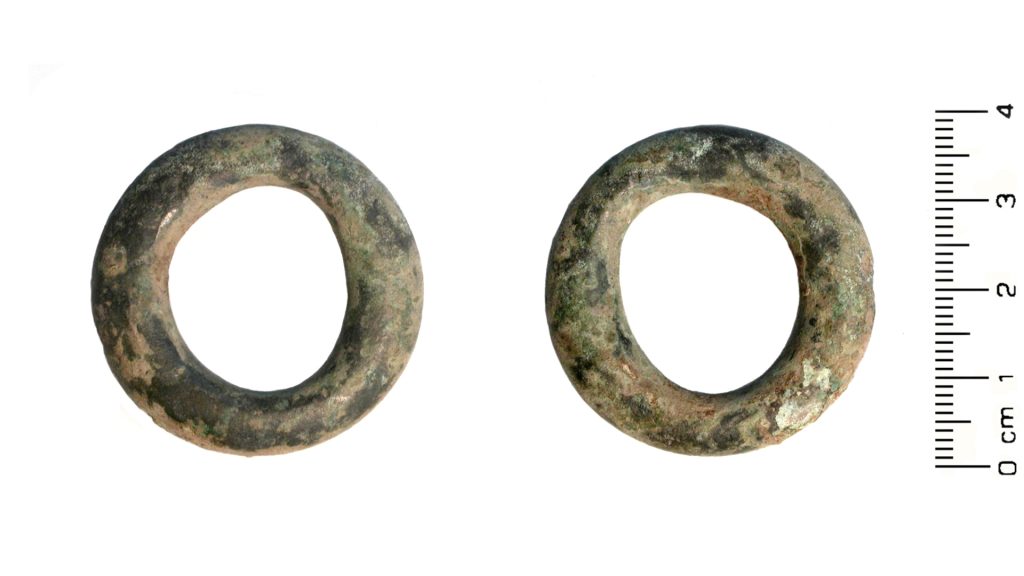
If we are going to conclude on the limited numbers of discoveries around the area surrounding the citadel, we can indeed conclude that based on his iconographic features it is really from the Iron Age.
Avrahamov Was Praised For His Good Citizenship
Avrahamov was praised for his excellent efforts in making sure that this significant piece of ancient history found his real home. He was praised for demonstrating good citizenship by quickly reporting his discoveries to the authorities.

Nir Distefeld was extremely grateful to Avrahamov, he expressed his gratitude and also acknowledged his contribution towards preserving national treasures.
He Even Got An Exemplary Award
The Israel Antiquities Authority recognized Avrahamov’s exemplary citizenship by awarding him a certificate acknowledging his responsible behavior. He could have kept it to himself or just tossed it out but, instead, he took the initiative to report his findings.

They are confident that this rare find has the potential to enhance our understanding of history by providing valuable insights into the past.
The Importance Of Vigilant Citizens
The discovery of these rare artifacts only highlights the importance of vigilant citizens like Erez Avrahamov. It also highlights the collaboration of organizations like the Israel Antiquities Authority.

All these discoveries not only enrich our understanding of history but also serve as a tangible link to our past. Shedding more light on ancient civilizations, their culture, and their contribution to human heritage.

